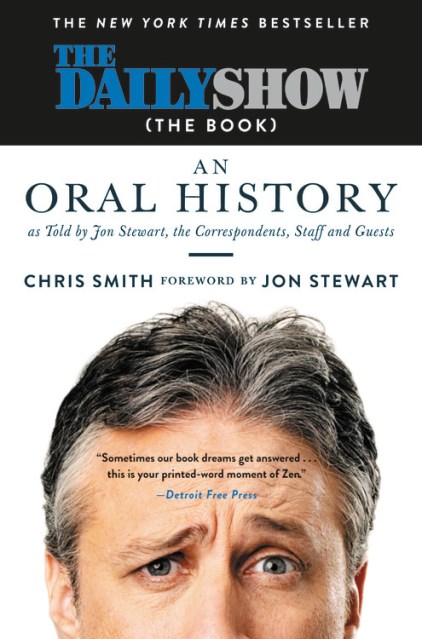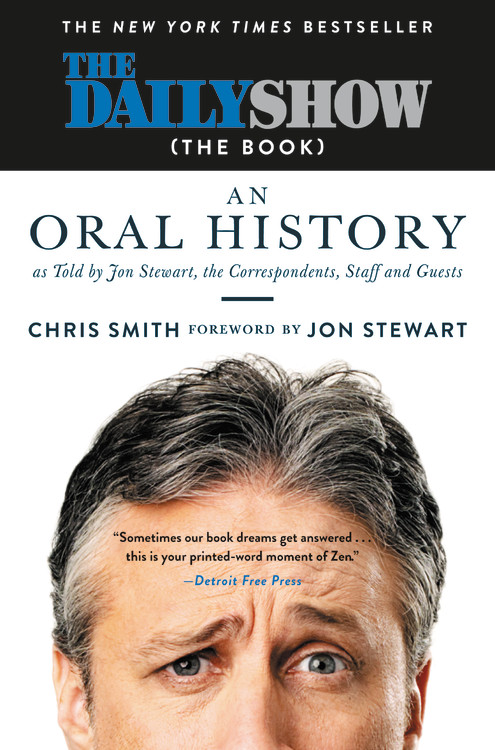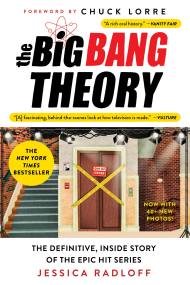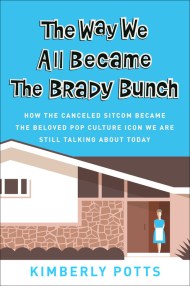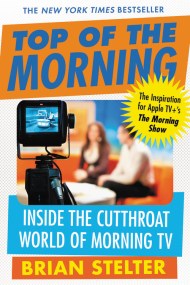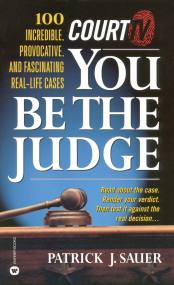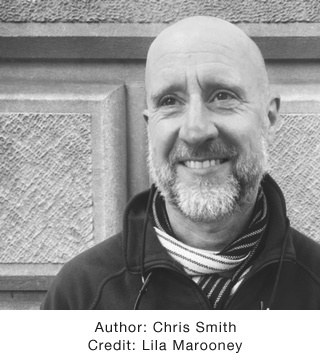Promotion
Use code MOM24 for 20% off site wide + free shipping over $45
The Daily Show (The Book)
An Oral History as Told by Jon Stewart, the Correspondents, Staff and Guests
Contributors
Foreword by Jon Stewart
By Chris Smith
Formats and Prices
Price
$18.99Price
$24.99 CADFormat
Format:
- Trade Paperback $18.99 $24.99 CAD
- ebook $13.99 $17.99 CAD
- Audiobook Download (Unabridged)
This item is a preorder. Your payment method will be charged immediately, and the product is expected to ship on or around October 10, 2017. This date is subject to change due to shipping delays beyond our control.
Also available from:
The complete, uncensored history of the award-winning The Daily Show with Jon Stewart, as told by its correspondents, writers, and host.
For almost seventeen years, The Daily Show with Jon Stewart brilliantly redefined the borders between television comedy, political satire, and opinionated news coverage. It launched the careers of some of today’s most significant comedians, highlighted the hypocrisies of the powerful, and garnered 23 Emmys. Now the show’s behind-the-scenes gags, controversies, and camaraderie will be chronicled by the players themselves, from legendary host Jon Stewart to the star cast members and writers-including Samantha Bee, Stephen Colbert, John Oliver, Steve Carell, Lewis Black, Jessica Williams, John Hodgman, and Larry Wilmore-plus some of The Daily Show‘s most prominent guests and adversaries: John and Cindy McCain, Glenn Beck, Tucker Carlson, and many more.
This oral history takes the reader behind the curtain for all the show’s highlights, from its origins as Comedy Central’s underdog late-night program hosted by Craig Kilborn to Jon Stewart’s long reign to Trevor Noah’s succession, rising from a scrappy jester in the 24-hour political news cycle to become part of the beating heart of politics-a trusted source for not only comedy but also commentary, with a reputation for calling bullshit and an ability to effect real change in the world.
Through years of incisive election coverage, Jon Stewart’s emotional monologue in the wake of 9/11, his infamous confrontation on Crossfire, passionate debates with President Obama and Hillary Clinton, feuds with Bill O’Reilly and Fox, the Indecisions, Mess O’Potamia, and provocative takes on Wall Street and racism, The Daily Show has been a cultural touchstone. Now, for the first time, the people behind the show’s seminal moments come together to share their memories of the last-minute rewrites, improvisations, pranks, romances, blow-ups, and moments of Zen both on and off the set of one of America’s most groundbreaking shows.
For almost seventeen years, The Daily Show with Jon Stewart brilliantly redefined the borders between television comedy, political satire, and opinionated news coverage. It launched the careers of some of today’s most significant comedians, highlighted the hypocrisies of the powerful, and garnered 23 Emmys. Now the show’s behind-the-scenes gags, controversies, and camaraderie will be chronicled by the players themselves, from legendary host Jon Stewart to the star cast members and writers-including Samantha Bee, Stephen Colbert, John Oliver, Steve Carell, Lewis Black, Jessica Williams, John Hodgman, and Larry Wilmore-plus some of The Daily Show‘s most prominent guests and adversaries: John and Cindy McCain, Glenn Beck, Tucker Carlson, and many more.
This oral history takes the reader behind the curtain for all the show’s highlights, from its origins as Comedy Central’s underdog late-night program hosted by Craig Kilborn to Jon Stewart’s long reign to Trevor Noah’s succession, rising from a scrappy jester in the 24-hour political news cycle to become part of the beating heart of politics-a trusted source for not only comedy but also commentary, with a reputation for calling bullshit and an ability to effect real change in the world.
Through years of incisive election coverage, Jon Stewart’s emotional monologue in the wake of 9/11, his infamous confrontation on Crossfire, passionate debates with President Obama and Hillary Clinton, feuds with Bill O’Reilly and Fox, the Indecisions, Mess O’Potamia, and provocative takes on Wall Street and racism, The Daily Show has been a cultural touchstone. Now, for the first time, the people behind the show’s seminal moments come together to share their memories of the last-minute rewrites, improvisations, pranks, romances, blow-ups, and moments of Zen both on and off the set of one of America’s most groundbreaking shows.
Genre:
- On Sale
- Oct 10, 2017
- Page Count
- 480 pages
- Publisher
- Grand Central Publishing
- ISBN-13
- 9781455565368
Newsletter Signup
By clicking ‘Sign Up,’ I acknowledge that I have read and agree to Hachette Book Group’s Privacy Policy and Terms of Use
